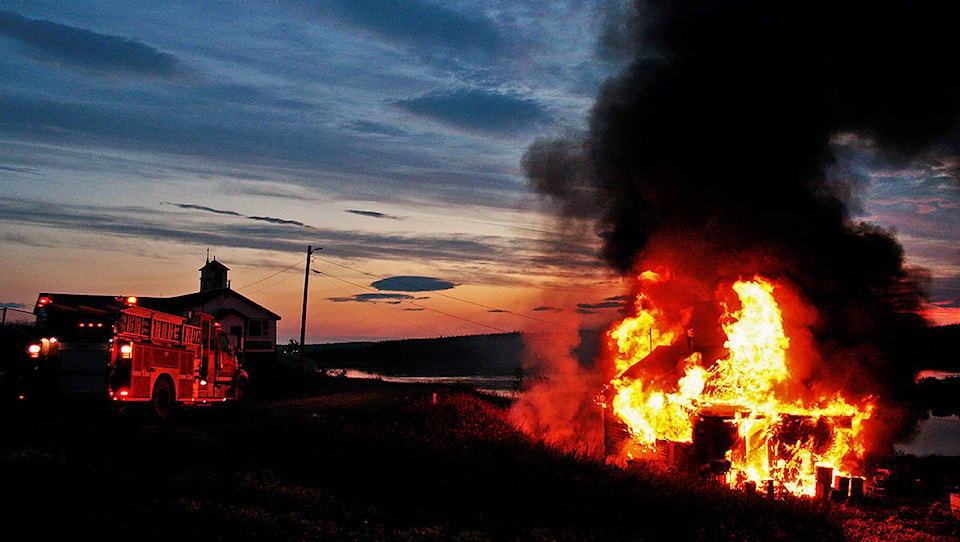People living in Indigenous communities are five times more likely to die in a fire and 13 times more likely to die in a structure fire SA����Ӱ�Ӵ�ý� and how nearly a quarter of the blazes started is a mystery, according to a survey of over 4,000 incidents across Canada.
A study by the National Research Council (NRC) of Canada looked at 4,089 residential fires in Indigenous communities from 2005 to 2021. Those incidents resulted in 191 deaths and 179 injuries. Of the 4,089 fires examined, 967 had an unknown cause SA����Ӱ�Ӵ�ý� that's 23.6 per cent. The source of ignition is unknown for 1,447 incidents. For comparison, the percentage of fires with unknown origins in non-Indigenous communities is 11 per cent and unknown source of ignition is 21 per cent.
"For too long, the true scope of fire risk in Indigenous communities has been obscured by a lack of specific, reliable data," said National Indigenous Fire Safety Council chief operating officer Blaine Wiggins. "This exploratory study, conducted in-kind by the NRC, provides invaluable initial insights, confirming that generic fire safety data cannot adequately inform targeted interventions for our communities.
"These findings are crucial as we build out the National Incident Reporting System (NIRS) to empower communities with the tailored information they need for effective fire risk reduction planning."
Smoke detectors were found to be inactive five times more frequently in Indigenous communities than in non-Indigenous communities. Particularly, 1,196 homes did not have a smoke alarm at all, and of the 664 homes that did, only 465 of them actually worked. The report notes that it was unknown whether 2,229 of the homes surveyed had smoke detectors or not SA����Ӱ�Ӵ�ý� that's 55 per cent of the 4,089 residences.
Smoking was found to be three times more likely to ignite a fire in Indigenous communities. Fires caused by cooking were nine times more frequent and fires cause by heating systems were 10 times more common. The vast majority of incidents SA����Ӱ�Ӵ�ý� 3,195 SA����Ӱ�Ӵ�ý� were in one-to-two family dwellings, with 384 incidents in mobile homes as the second largest number. Of those who were killed in fires or as a result of fires, roughly 60 per cent were adults, 26 per cent were children and 11 per cent were seniors.
"The statistics revealed in this report are not just numbers; they represent preventable tragedies and reflect the systemic challenges faced by our communities," said Indigenous Fire Marshals Service spokesperson Arnold Lazare. "Having accurate, community-specific data is fundamental to understanding these risks and developing strategies that genuinely resonate and protect our people."
The report recommends fire officials stop relying on non-Indigenous fire information trends to estimate risks in Indigenous communities, as the evidence shows the differences are substantial.
A spokesperson for the NWT's Office of the Fire Marshal, under the Department of Municipal and Community Affairs (MACA), said officials are aware of the report and were taking the findings seriously.
"The focus of MACASA����Ӱ�Ӵ�ý�s Office of the Fire Marshal, in collaboration with local authorities, is in educating residents in all NWT communities to recognize the fire risks in their homes and the at-risk behaviours that increase the potential of a fire occurring," said MACA corporate affairs officer Alice Twa. "Highlighting those risks that may exist and providing information on how best to minimize those risks while raising awareness and building capacity for residents to take action in support of their personal safety in their homes.
"Key educational initiatives focused on residential fire safety include the annual Fire Prevention Week campaign and Test your Smoke Alarm Day every Sept. 28," Twa added.



